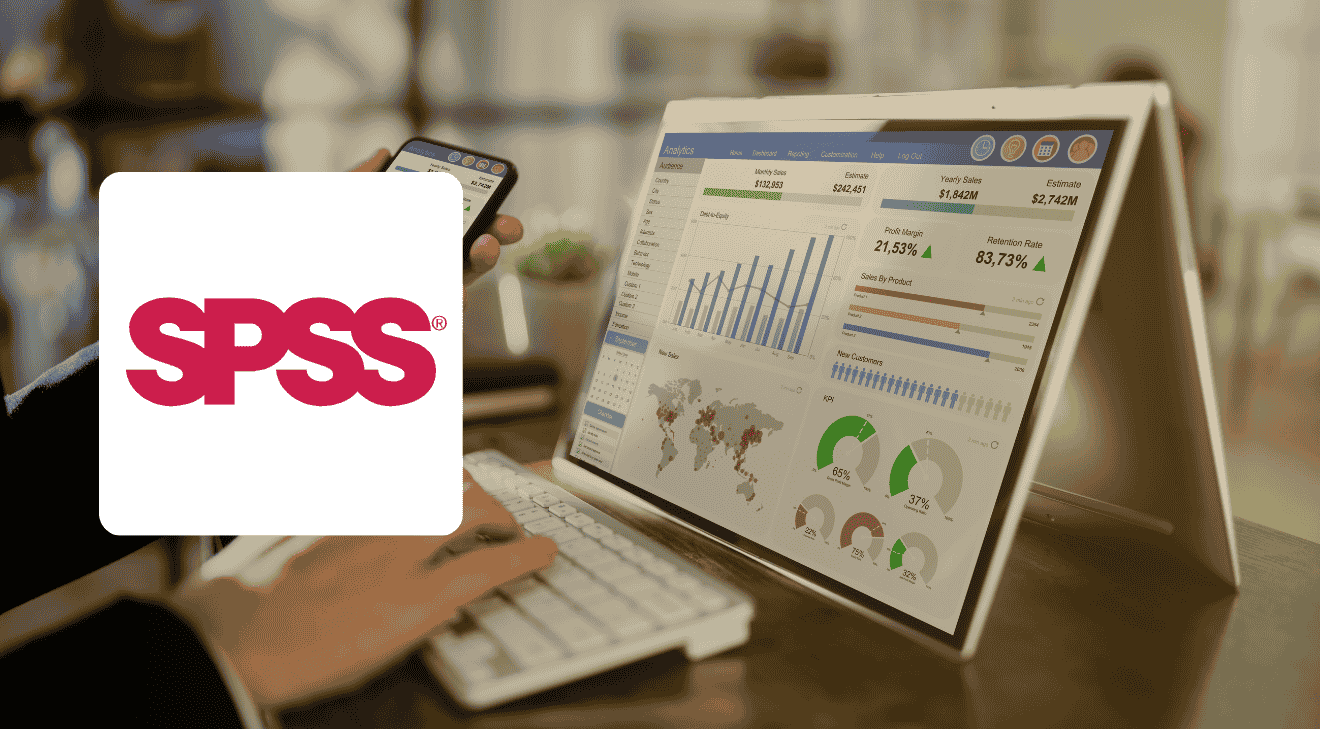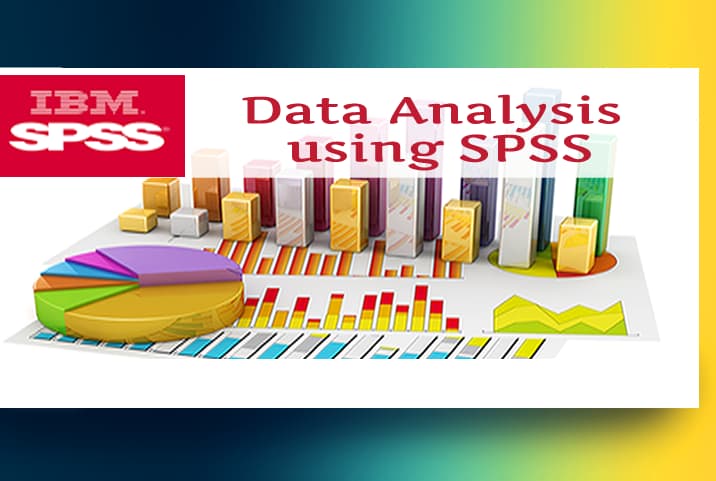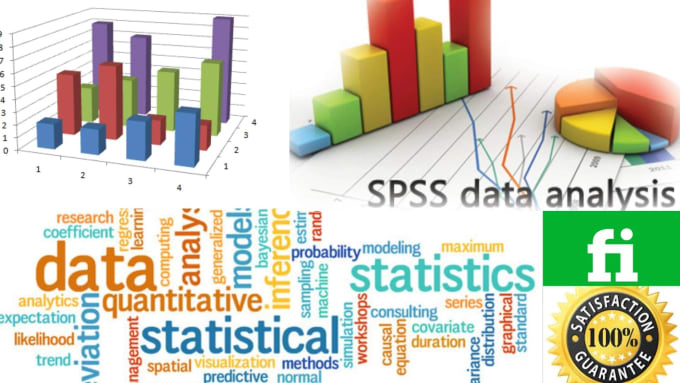How to Prepare SPSS Assignments for Top Grades|2025
/in SPSS Articles /by BesttutorLearn how to prepare SPSS assignments for top grades with expert tips and guidance. Receive step-by-step assistance on data analysis, result interpretation, and presentation to ensure high-quality work and academic success.
Statistical Package for the Social Sciences (SPSS) is a powerful tool for data analysis used by researchers, students, and professionals in various fields, including psychology, economics, and sociology. SPSS allows users to perform complex data analysis, which is essential for making informed decisions. As a student, understanding how to use SPSS effectively is crucial to producing high-quality assignments and achieving top grades. This paper will discuss strategies to excel in SPSS assignments, focusing on key aspects such as the preparation process, common mistakes to avoid, and tips for writing a high-quality SPSS report. By following these strategies, students can significantly improve their chances of scoring excellent grades using SPSS assignment writing.
Table of Contents
ToggleUnderstanding the SPSS Assignment Requirements
Before diving into the technicalities of SPSS and its applications, the first step to preparing a top-grade assignment is to fully understand the requirements of the task. This involves:
- Reading the Assignment Brief: Carefully go through the assignment instructions to understand the purpose, the expected output, and the specific analysis required.
- Clarifying Doubts: If any part of the brief is unclear, don’t hesitate to ask your professor or teaching assistant for clarification.
- Identifying the Key Objectives: Determine whether your assignment is focused on descriptive analysis, inferential statistics, or hypothesis testing, as this will influence your choice of techniques and tools in SPSS.
Understanding the specific requirements will guide your analysis and ensure that your report is focused and aligned with the expected outcomes.
Preparing Data for Analysis
The foundation of any SPSS assignment is the data you will use. To ensure accuracy and reliability in your analysis, it’s essential to start with properly prepared data.
- Collecting Data: Ensure that your data is collected from reliable sources, such as surveys, experiments, or secondary data from reputable databases.
- Data Cleaning: In SPSS, data must be clean and free from errors or inconsistencies. Before starting your analysis, perform tasks like:
- Handling Missing Data: SPSS provides tools to handle missing data, either by imputation or removal, depending on your assignment guidelines.
- Removing Outliers: Outliers can distort results, so identify and address them using SPSS’s built-in diagnostic tools.
- Ensuring Correct Data Types: Double-check that variables are correctly labeled and formatted (e.g., numeric, categorical, etc.).
By cleaning and preparing your data, you ensure that your results are valid and trustworthy, a critical aspect of achieving high marks.
Choosing the Right Statistical Techniques
Selecting the appropriate statistical techniques is key to performing a successful analysis in SPSS. Your choice should be driven by the nature of your research question, the type of data you have, and the objectives of the assignment.
- Descriptive Statistics: Use measures like mean, median, standard deviation, and frequency tables to summarize and describe the basic features of your data. These are essential for providing an overview of your dataset.
- Inferential Statistics: If the assignment requires hypothesis testing, choose techniques like t-tests, chi-square tests, or ANOVA to test the relationships or differences between variables.
- Correlation and Regression Analysis: To examine the relationship between two or more variables, use correlation analysis or regression models, depending on the complexity of your hypothesis.
The key is to match the technique with your research question. Misusing statistical methods can result in incorrect conclusions, which can harm your grade.
Conducting the Analysis
Once the data is prepared and the statistical methods are chosen, the next step is to execute the analysis in SPSS. Follow these steps carefully:
- Setting Up Variables: Before running any analysis, ensure that your variables are correctly defined and entered into SPSS. This includes setting the correct variable type (e.g., scale, nominal, ordinal) and labeling them for easy identification.
- Running Descriptive Analysis: For most assignments, you’ll start by running descriptive statistics to explore the basic characteristics of your data. SPSS allows you to easily generate frequency tables, histograms, and summary statistics.
- Performing Inferential Analysis: Next, conduct the appropriate inferential tests based on your assignment’s requirements. SPSS offers a wide range of statistical tests, including t-tests, chi-square tests, ANOVA, and more. Make sure to check assumptions such as normality, homogeneity of variance, etc., before running these tests.
- Interpreting Output: Once you’ve run your analysis, SPSS will provide output tables that summarize the results. The key is to interpret these results accurately, focusing on p-values, confidence intervals, and effect sizes.
Accurate interpretation is critical, as it shows your understanding of the statistical methods and how to apply them to real-world data.
Writing the Report
A well-organized report is crucial to presenting your SPSS results in a clear and logical manner. Your report should follow the structure of a typical research paper or scientific report, including the following sections:
Introduction
In the introduction, outline the research question, the significance of the study, and the hypotheses or objectives. This provides context for your analysis and guides the reader through your work.
Methodology
The methodology section should describe how you collected and prepared the data, the sampling methods used (if applicable), and the statistical techniques you applied. It’s important to provide enough detail so that someone could replicate your analysis.
Results
This section presents the results of your SPSS analysis. Use tables and graphs to illustrate the key findings, but be sure to explain what these results mean in the context of your research question. Avoid simply copying and pasting raw output—interpret the findings for the reader.
Discussion
In the discussion, interpret the results and explain their implications. Discuss any limitations of your study, potential sources of error, and suggestions for future research. This section allows you to demonstrate critical thinking and your ability to analyze your findings in a broader context.
Conclusion
Conclude your report by summarizing the main findings and their significance. This is where you wrap up your analysis and reinforce how your results answer the research question.
Avoiding Common Mistakes
While working with SPSS can be straightforward once you get the hang of it, many students make common mistakes that can negatively affect their grades. Some of these include:
- Incorrect Use of Statistical Tests: Choosing the wrong test or applying it incorrectly can lead to invalid results. Always double-check the assumptions and ensure that the test you choose is appropriate for the type of data and research question.
- Overlooking Assumptions: Many statistical tests have underlying assumptions (e.g., normality for t-tests). Violating these assumptions can distort results, so make sure to test and address them before running your analysis.
- Failure to Interpret Results Properly: Simply reporting the SPSS output is not enough. You need to interpret the results in the context of your hypothesis and research question. Be mindful of p-values and confidence intervals.
- Neglecting Formatting and Structure: A poorly formatted report can make even the best analysis look unprofessional. Ensure that your tables, graphs, and text are properly formatted and aligned with academic standards.
By avoiding these mistakes, you can significantly improve the quality of your SPSS assignments.
Using Additional Resources
SPSS can sometimes be tricky, especially for beginners. However, there are several resources that can help you navigate the complexities of SPSS and improve your assignment quality:
- SPSS Tutorials: Many online tutorials offer step-by-step guides on how to use SPSS for various types of analysis.
- Statistical Textbooks: Reading textbooks on statistics can help reinforce your understanding of statistical techniques and their applications in SPSS.
- Online Forums and Study Groups: Engaging with peers in study groups or on online forums can help clarify concepts and provide insight into common challenges faced by students.
- Consulting Your Professor or TA: Don’t hesitate to ask for feedback or guidance from your instructor if you are unsure about certain aspects of your analysis or report writing.
Conclusion
To score excellent grades using SPSS assignment writing, students must first ensure that they fully understand the assignment requirements and choose the correct statistical methods. Preparing clean and organized data is essential, and selecting the right tools in SPSS is crucial for successful analysis. Writing a well-structured report that accurately presents and interprets the results is equally important. By avoiding common mistakes, seeking additional resources, and following the outlined strategies, students can significantly improve their chances of achieving top grades in their SPSS assignments.
By mastering these elements of SPSS assignments, students not only improve their grades but also develop valuable data analysis skills that will serve them well in future academic and professional pursuits.
Needs help with similar assignment?
We are available 24x7 to deliver the best services and assignment ready within 3-4 hours? Order a custom-written, plagiarism-free paper






